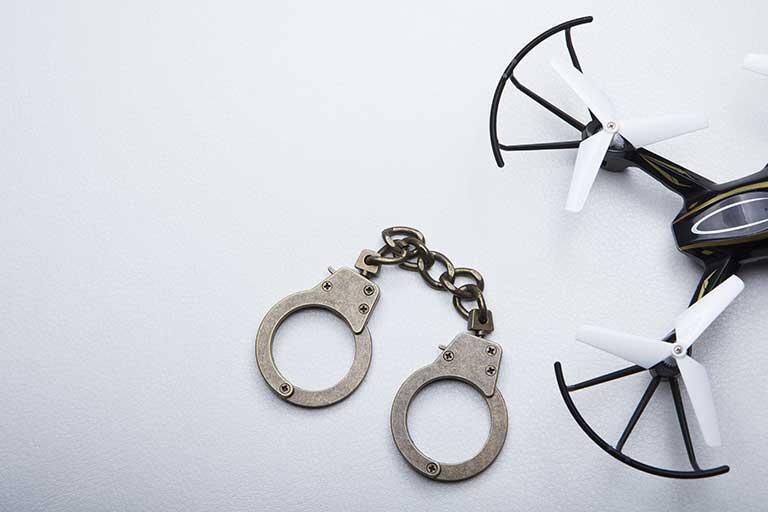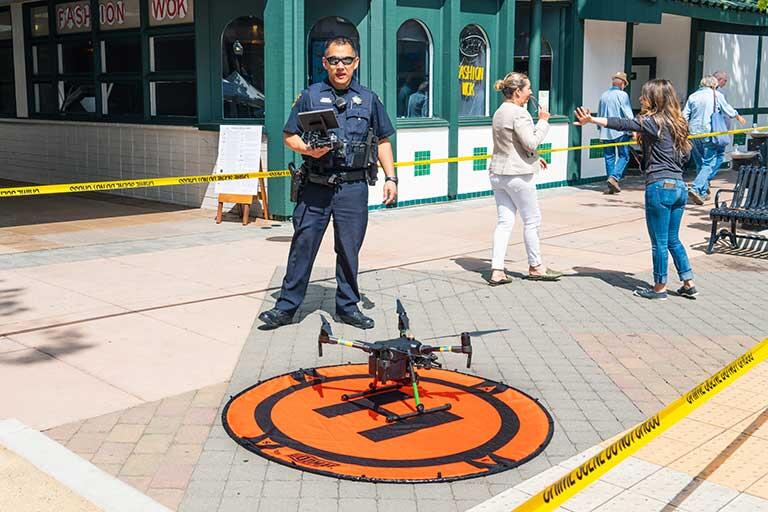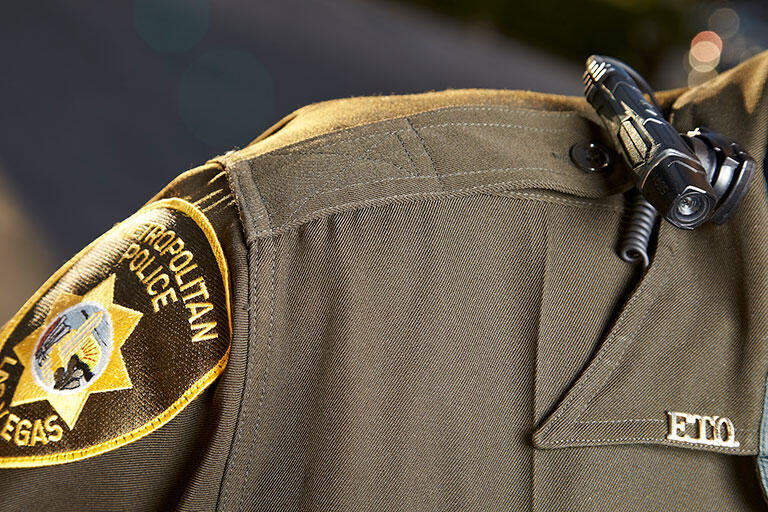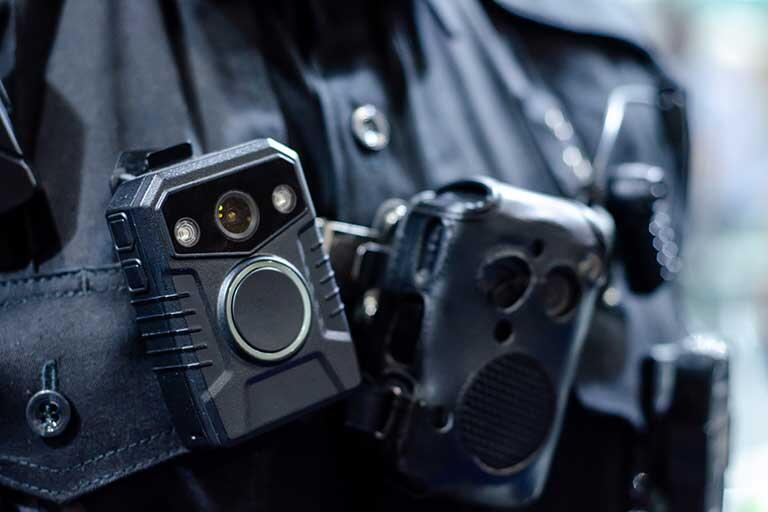Public Attitudes about Aerial Drone Activities: Results of a National Survey
Unmanned Aircraft Systems (UAS) or Unmanned Aerial Vehicles (UAV), commonly known as “Drones,” collect information and provide visual monitoring of activities in a variety of public and private settings. This Research in Brief summarizes the results of multiple national surveys of public knowledge and support of the use of aerial drone technology in a variety of public and private settings. A summary of the results, demographic factors associated with levels of awareness and support for drone usage, the public policy implications of these findings and the limitations of this study are described below.

Aerial Drones, Domestic Surveillance, and Public Opinion of Adults in the U.S.
Aerial drones (Unmanned Aircraft Systems [UAS]) represent an evolving visual technology that has been increasingly applied in a variety of situations. This Research in Brief summarizes the results of a national survey designed to further assess the nature of public opinion about aerial drone use for domestic surveillance activities. A summary of these findings, factors associated with support and opposition to drone use in these different contexts, policy implications of the results, and limitations of this study are described in the full publication.

Nevada vs. U.S. Residents’ Attitudes Toward Surveillance Using Aerial Drones
Unmanned Aircraft Systems (UAS) or Unmanned Aerial Vehicles (UAV), commonly known as “Drones”, are free-flying aircraft that are controlled by remote technology. This Research in Brief summarizes the results of a survey distributed to Nevada Residents to assess their attitudes toward aerial drone use for domestic surveillance activities. The findings are compared to the results of a national survey of public opinion about aerial drone use to examine how the attitudes of Nevada residents differ.

Public Attitudes about UAV Usage in Police Work: A Comparative Case Study of Mesa County Residents
The Mesa County Sheriff’s Office in Colorado has received national attention for its use of aerial drones in domestic policing activities. Unmanned aerial vehicles (i.e. UAV’s or “drones”) have been used in this jurisdiction in various types of policing activities (e.g., search/rescue, crime scene photography). Given Mesa County Sheriff’s Office national visibility and experiences with using UAVs, a telephone survey of Mesa County residents was conducted to assess their general attitudes about aerial drones in different areas of policing. Similar questions about aerial drones and policing were also asked in a recent national online survey, permitting comparisons of the findings across local and national boundaries.

A Comparison of Different Online Sampling Approaches for Generating National Samples
Online (internet) surveys provide a new and evolving method for measuring public opinion on a local, national, and international level. This Research in Brief summarizes the results of a comparative study of different commercial platforms for generating online sampling frames and the representativeness of their samples. By comparing the socio-demographic profile of the sample respondents obtained from each platform with national census data, this study provides some evidence of the representativeness of different online strategies for recruiting and selecting potential survey respondents.

The Las Vegas Body-Worn Camera Experiment: Research Summary
The past several years have seen an increase in body-worn cameras (BWCs) on police as agencies around the U.S. have acquired the technology for their officers. This Research in Brief summarizes information from three products of the Las Vegas BWC Experiment: the study’s final report presented to NIJ, an article that discusses the study’s methodology and implementation of changes, and an article that addresses key elements of the impact evaluation.

Body Worn Cameras on Police: Results from a National Survey of Public Attitudes
Body worn cameras (BWCs) are small video/audio recording devices worn on police officers’ uniforms, usually in the chest area, shoulder, or collar. This Research in Brief summarizes the main findings of a recent national survey on citizen opinions about BWCs on police officers. The survey instrument included items related to the general awareness of BWCs, opinions on their potential advantages, attitudes toward their potential consequences, perceptions of certain BWC policies, and support for BWCs under various circumstances and by different public safety officials.
